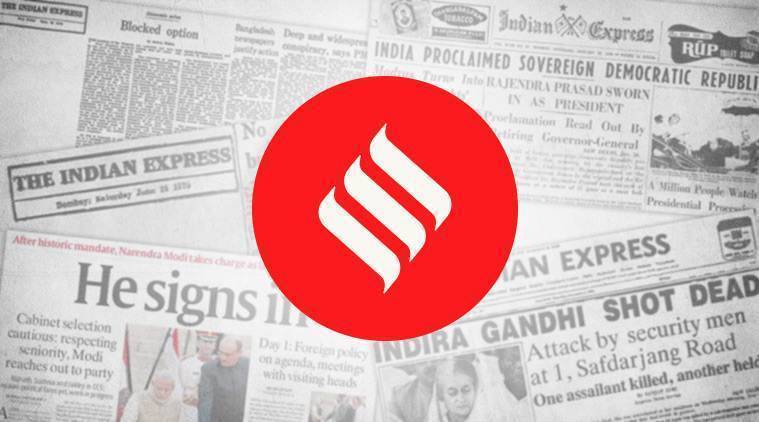 With more than 3,000 recorded deaths, the number of fatalities from the coronavirus outbreak has surpassed the toll of the 2002-2003 SARS outbreak, which also originated in China.
With more than 3,000 recorded deaths, the number of fatalities from the coronavirus outbreak has surpassed the toll of the 2002-2003 SARS outbreak, which also originated in China.
Even as China’s COVID-19 caseload wanes, the coronavirus has spread to at least 70 other countries. Two new infections were reported in India this week — in Delhi and Hyderabad — taking the total number of those afflicted by the virus to five. These patients seem to have contracted the flu outside the country of its origin — the patient from Delhi had traveled to Italy, one of the hardest hit by COVID-19, while the one in Hyderabad had returned last week from Dubai where 19 coronavirus cases have been reported. The country’s health officials are taking precautions to make sure that these patients do not pass on the infection to others. The government has also extended the screening of passengers to those arriving in India from Italy and Iran. Prime Minister Narendra Modi has tweeted that there is no need to panic. It is up to the country’s public health authorities to translate this message into action.
With more than 3,000 recorded deaths, the number of fatalities from the coronavirus outbreak has surpassed the toll of the 2002-2003 SARS outbreak, which also originated in China. Ipso facto, this is no cause for worry. SARS killed about 9 per cent of those it infected — nearly 800 people worldwide. In contrast, the fatality rate of COVID-19 is less than 2 per cent. The virus is a public health challenge because it is highly infectious. The symptoms of an infection are usually similar to the common cold and they take about two weeks to manifest. Mostly, the symptoms go away on their own. But in those with a weakened immune system, the elderly or infants, COVID-19 could cause more serious respiratory tract illness like pneumonia or bronchitis. In such cases, treatment relies on the basics of medicine — providing patients breathing support until their immune system can fight off the virus. In extreme cases, treatment also includes care to support vital organs. At present, there is no vaccine or antidote to the virus — awareness is the best way to guard against it. It is imperative, therefore, that health authorities issue messages laying out the character of the disease, its health risks and also issue practical advisories on travel and sanitation.
The country’s first coronavirus cases were detected in Kerala, more than a month ago. The three patients who had visited China are reportedly free of the disease now. The state’s experience in dealing with the Nipah virus about a year ago came in handy — it showed the merits of isolating carriers of the disease. Kerala, of course, has a public health infrastructure that many states in the country cannot match. Given the frequency of viral pandemics, the salience of such infrastructure cannot be overstressed.